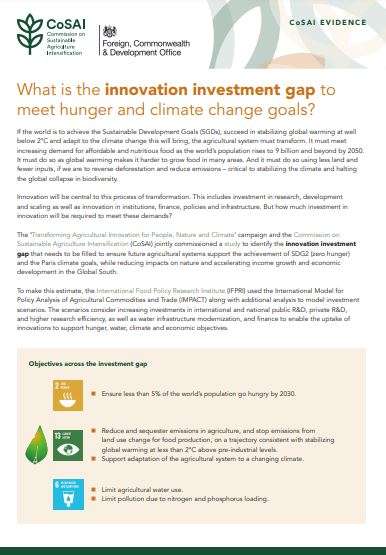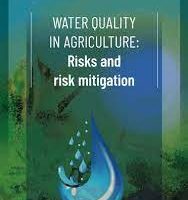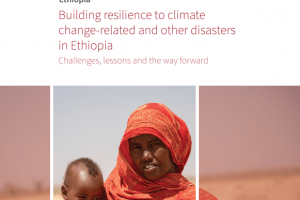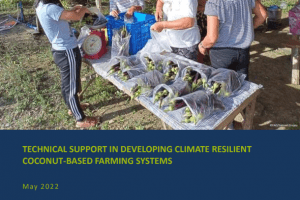If the world is to achieve the Sustainable Development Goals (SGDs), succeed in stabilizing global warming at well below 2°C and adapt to the climate change this will bring, the agricultural system must transform. It must meet increasing demand for affordable and nutritious food as the world’s population rises to 9 billion and beyond by 2050.
It must do so as global warming makes it harder to grow food in many areas. And it must do so using less land and fewer inputs, if we are to reverse deforestation and reduce emissions – critical to stabilizing the climate and halting the global collapse in biodiversity.
Innovation will be central to this process of transformation. This includes investment in research, development and scaling as well as innovation in institutions, finance, policies and infrastructure. But how much investment in innovation will be required to meet these demands?
The ‘Transforming Agricultural Innovation for People, Nature and Climate’ campaign and the Commission on Sustainable Agriculture Intensification (CoSAI) jointly commissioned a study to identify the innovation investment gap that needs to be filled to ensure future agricultural systems support the achievement of SDG2 (zero hunger) and the Paris climate goals, while reducing impacts on nature and accelerating income growth and economic development in the Global South.
To make this estimate, the International Food Policy Research Institute (IFPRI) used the International Model for Policy Analysis of Agricultural Commodities and Trade (IMPACT) along with additional analysis to model investment scenarios. The scenarios consider increasing investments in international and national public R&D, private R&D, and higher research efficiency, as well as water infrastructure modernization, and finance to enable the uptake of innovations to support hunger, water, climate and economic objectives.





Add Comment